In my opinion, I think potatoes get an unfairly bad rep.
I love potatoes! In fact, I eat a sweet potato (or two) nearly every day.
But this starchy vegetable is frequently assumed to be fattening.
It is true that a diet full of french fried and mashed potatoes every day is not going to help with your health goals. However, baked or roasted potatoes may actually help you become healthier.
Aid in Weight Loss
Chilled, cooked potato is packed with resistant starch, a fibrous substance that could help you lose weight.
Fight disease
Within 100 different potato varieties, there are over 60 different vitamins and phytochemicals. Some of these are flavonoids, which are credited with improving heart health and protecting against lung and prostate cancers. Other nutrients may even boost immunity.
Help maintain healthy blood pressure
Potatoes are packed with kukoamines, plant chemicals that help lower blood pressure. In addition, one medium baked potato (including the skin) provides 20% of your daily potassium, a known hypertension fighter.
So why fear potatoes?
Especially when there are so many good recipes to make! Fun fact: there are almost 4,000 different potato varieties! Imagine all the tasty (and nutritious!) meals you could make with those. Here are a few just to get your started!

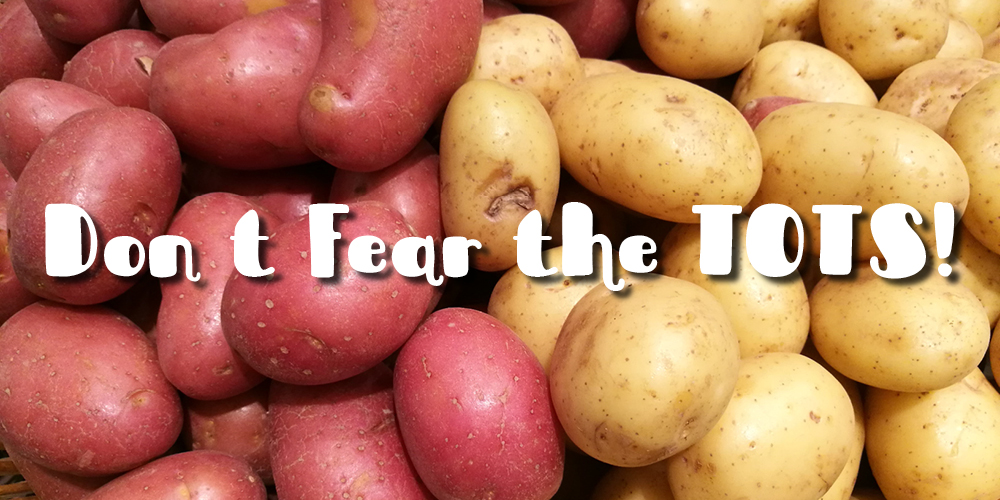


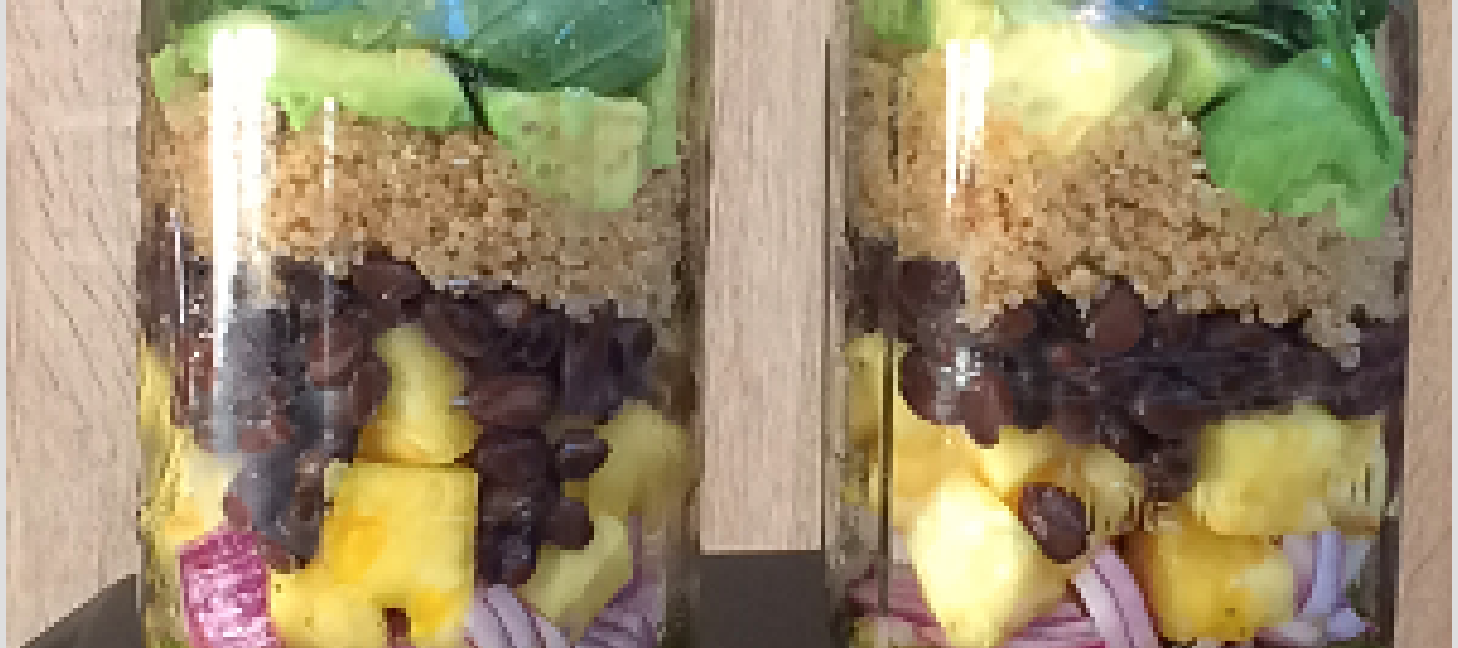
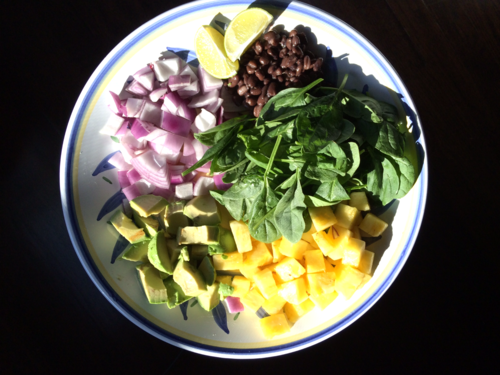 The Mason Jar Salad!
The Mason Jar Salad!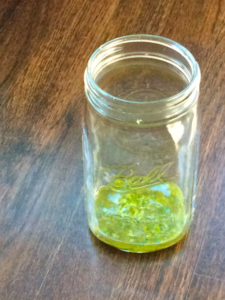 The basic order of ingredients is:
The basic order of ingredients is: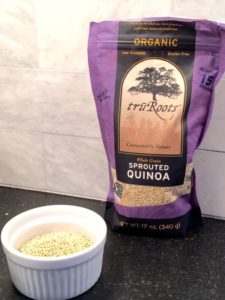 Mango Avocado Black Bean Salad
Mango Avocado Black Bean Salad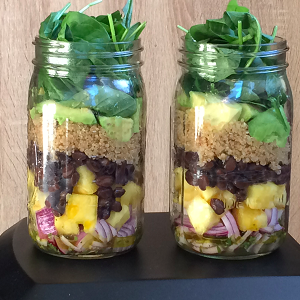 Instructions:
Instructions: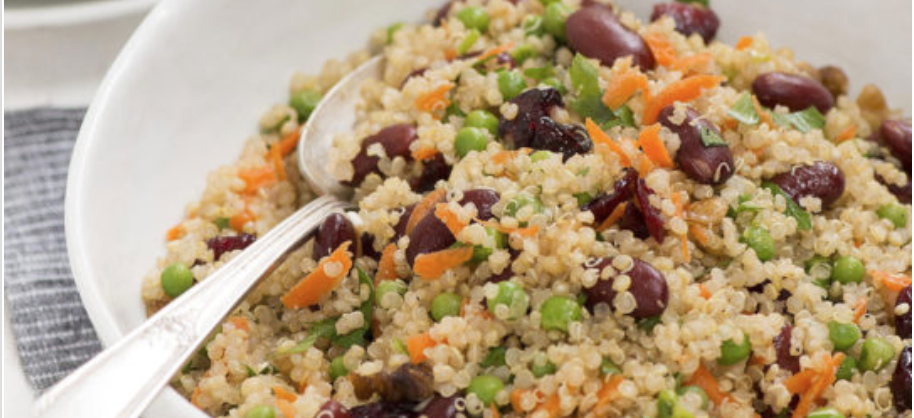
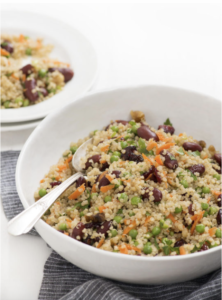 Here’s what you need to make this delicious autumn quinoa salad:
Here’s what you need to make this delicious autumn quinoa salad:




